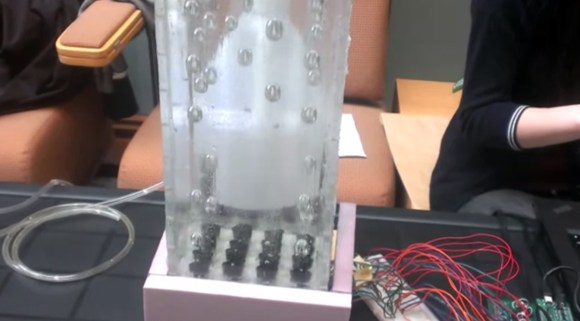Although we generally assume that opacity is the normal look for animals like us humans, this factoid is only correct for as long as you maintain the dissimilar optical refraction indices of skin and the more aqueous underlying structures. What if you could change the refraction index of skin? If you could prevent the normal scattering at the interface, you could reveal the structures underneath, effectively rendering skin transparent. [Zihao Uo] and others demonstrate this in a paper published in Science.
The substance they used was the common food dye known as tartrazine, which also goes by the names of Yellow 5 and E102 when it is used in food (like Doritos), cosmetics, and drugs. By rubbing the tartrazine into the skin of mice, the researchers were able to observe underlying blood vessels and muscles. Simulations predicted that the dye would change the refraction index mismatch between lipids and water which normally causes the light scattering that creates the skin’s opaque appearance. With the dye rubbed into the skin, the effect worked to a depth of about 3 mm, which makes it useful for some research and possible medical applications, but not quite at the ‘jellyfish-transparency’ levels that some seem to have imagined at the news.
Continue reading “Rendering Skin Transparent Using The Food Dye Tartrazine”













